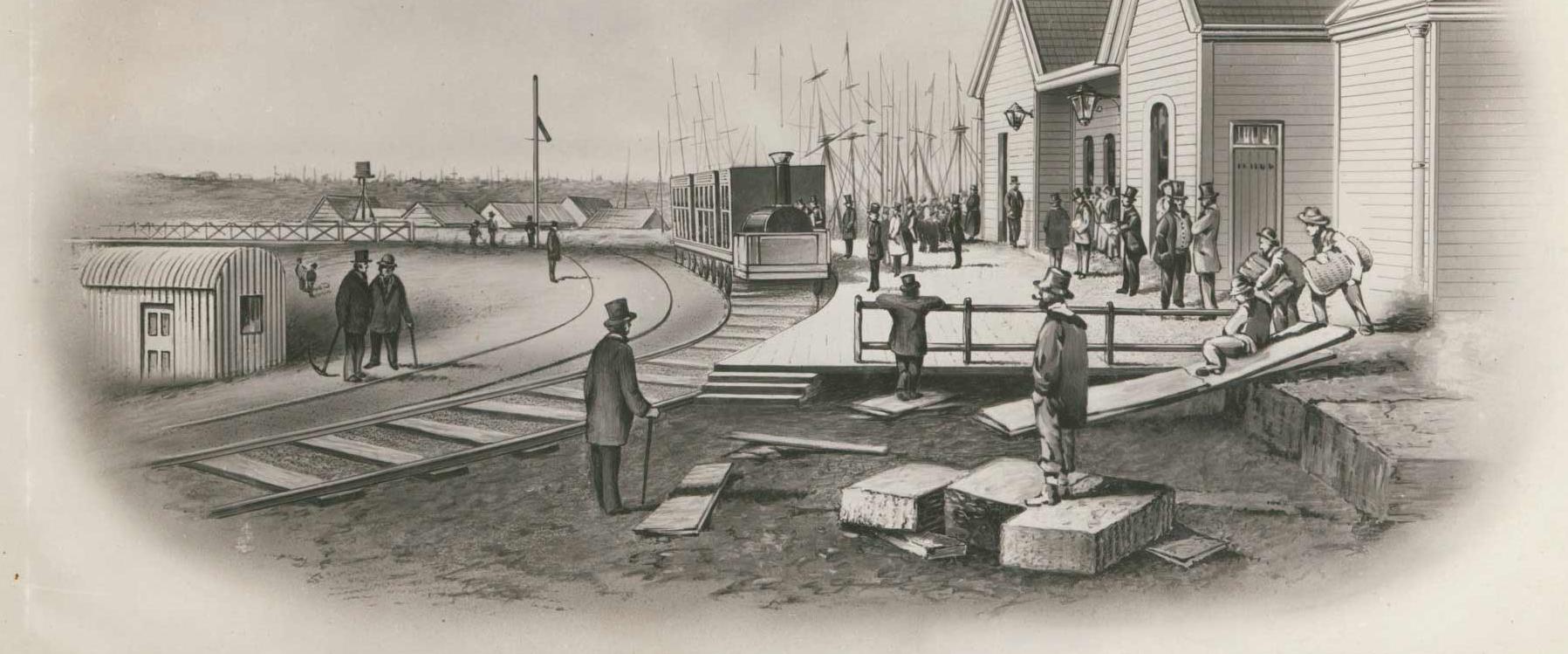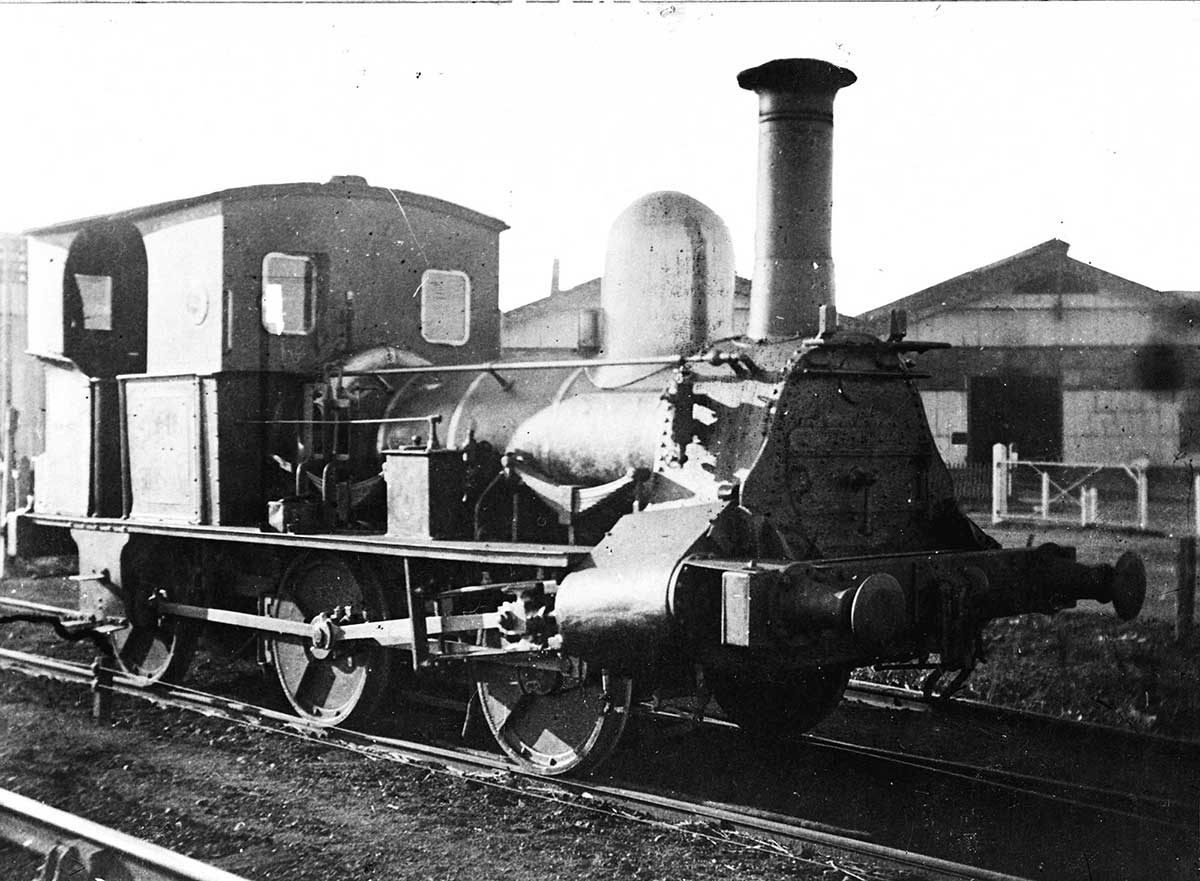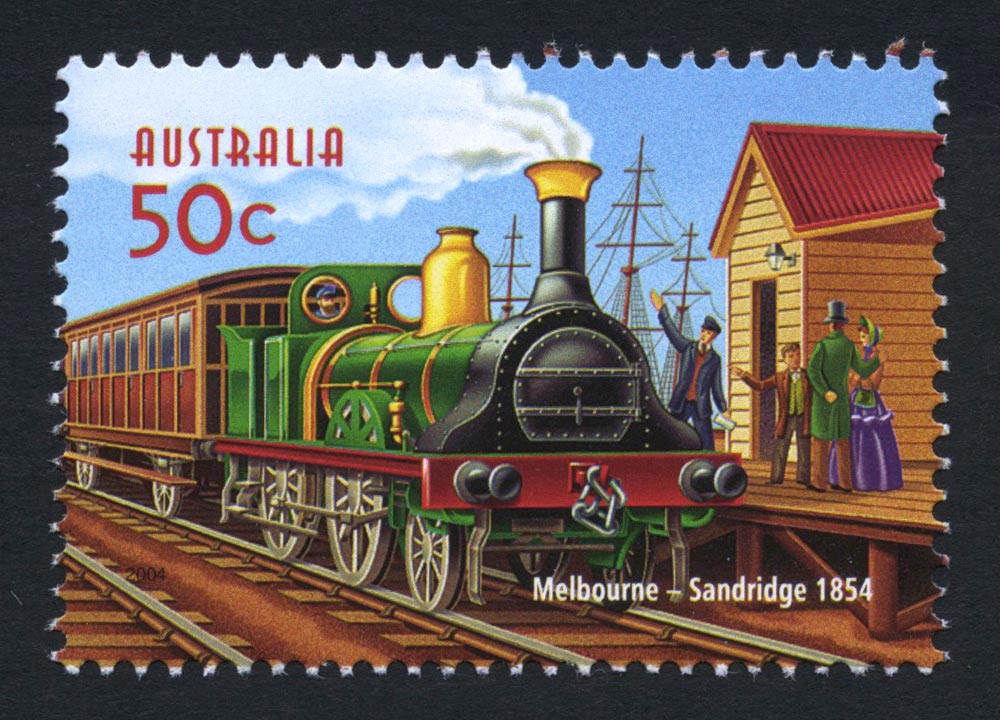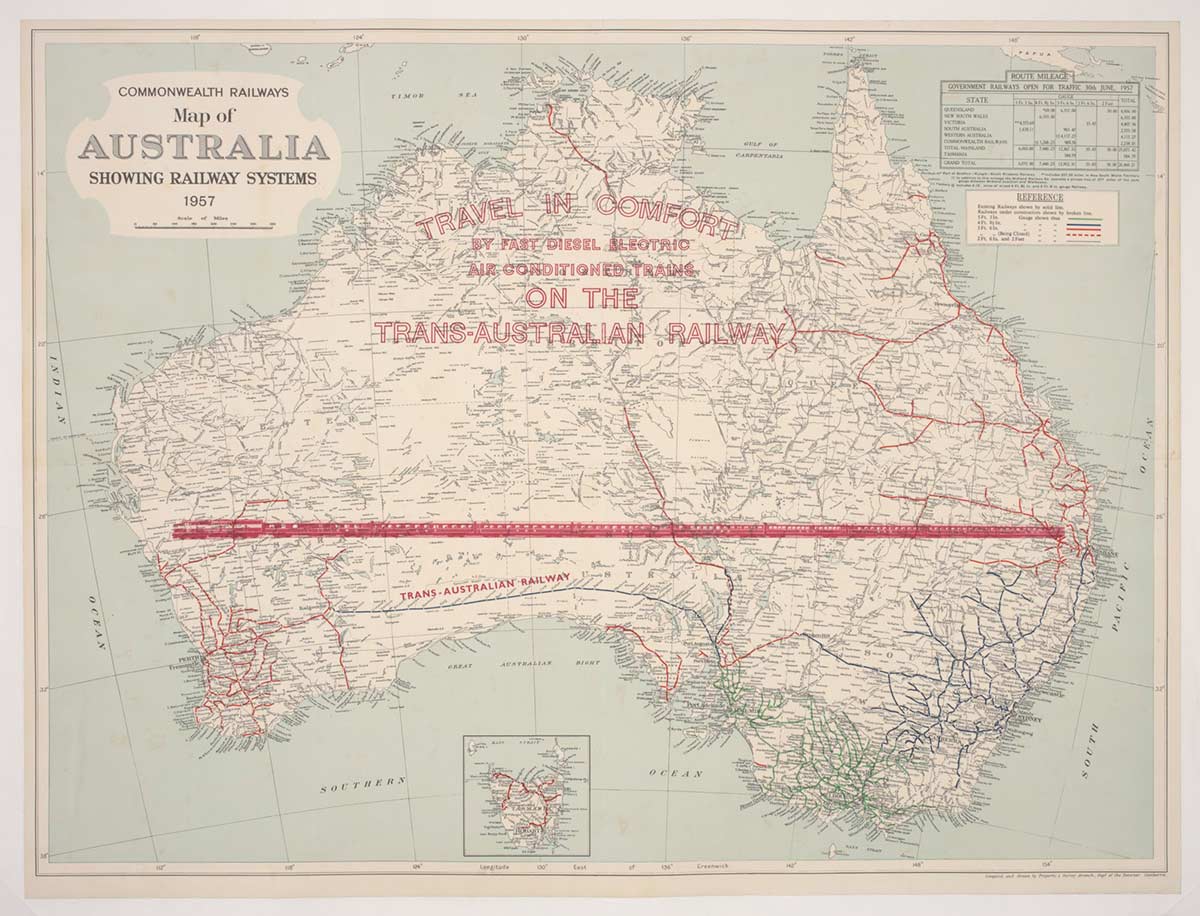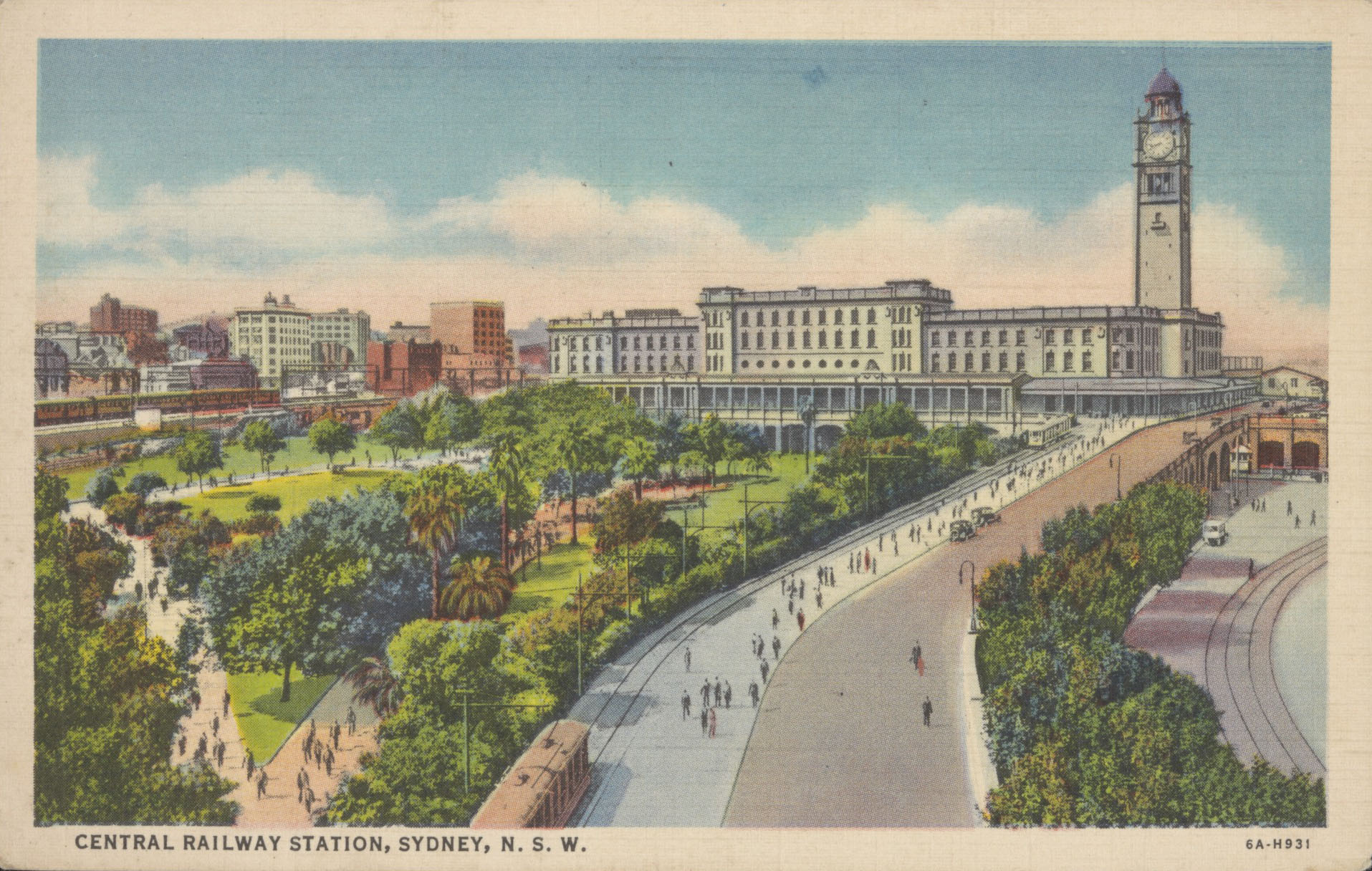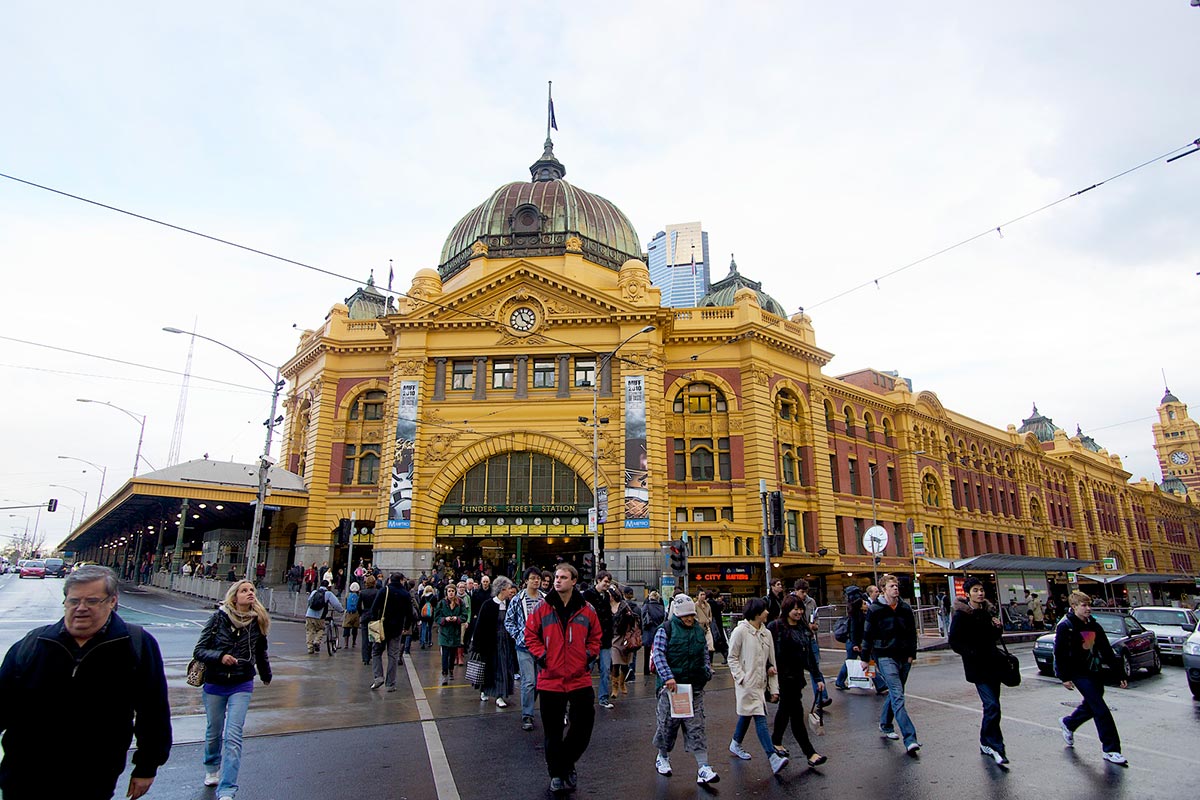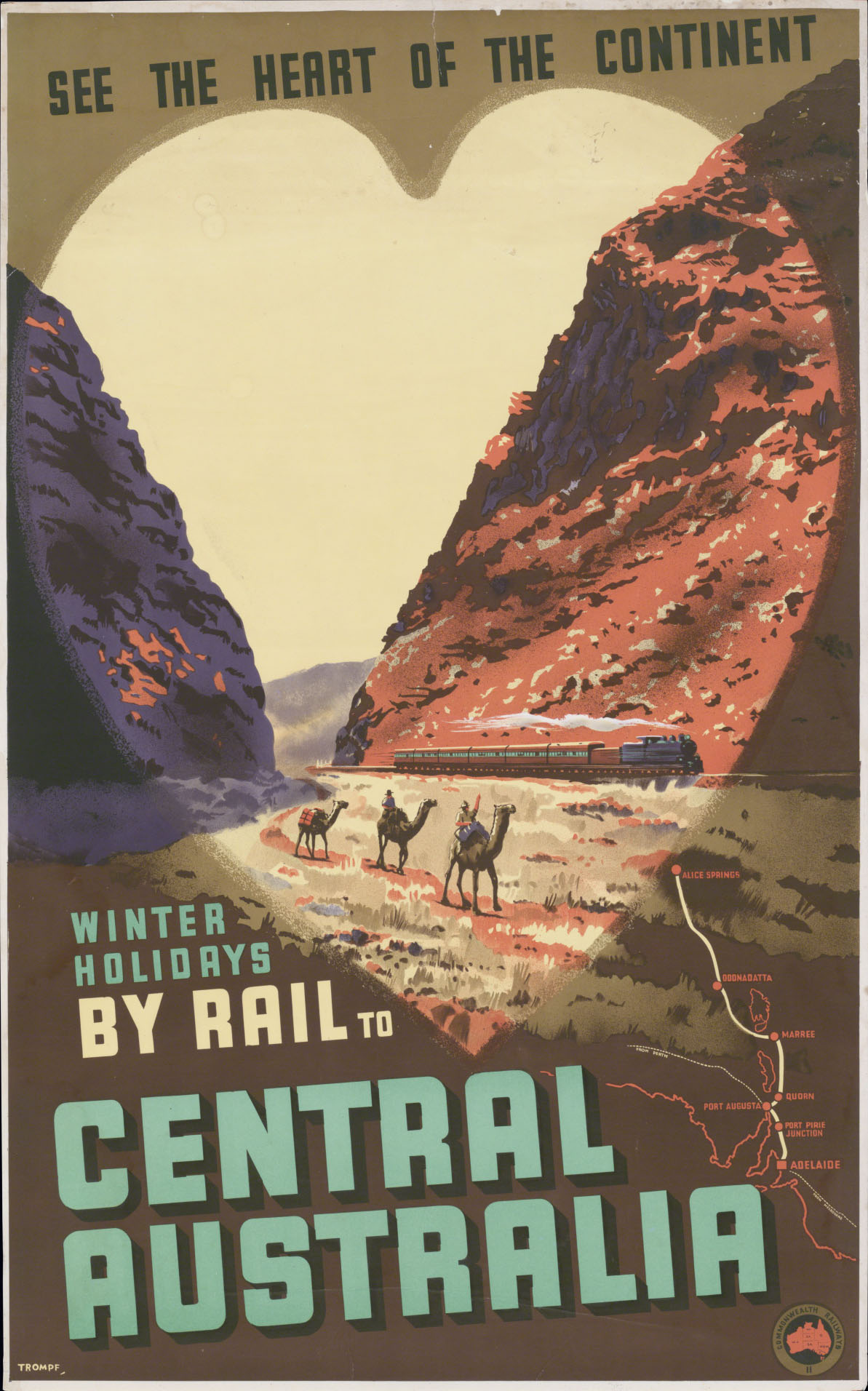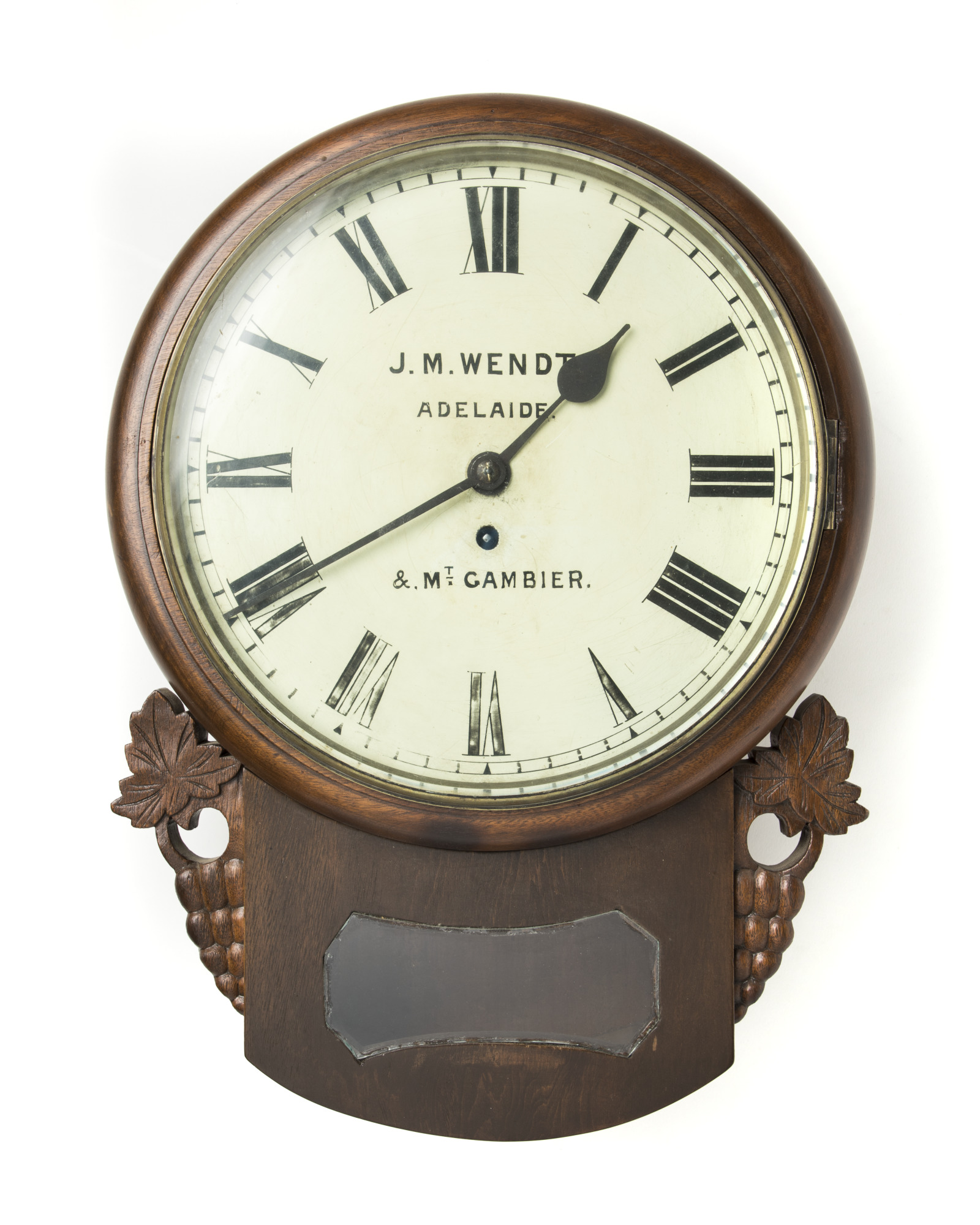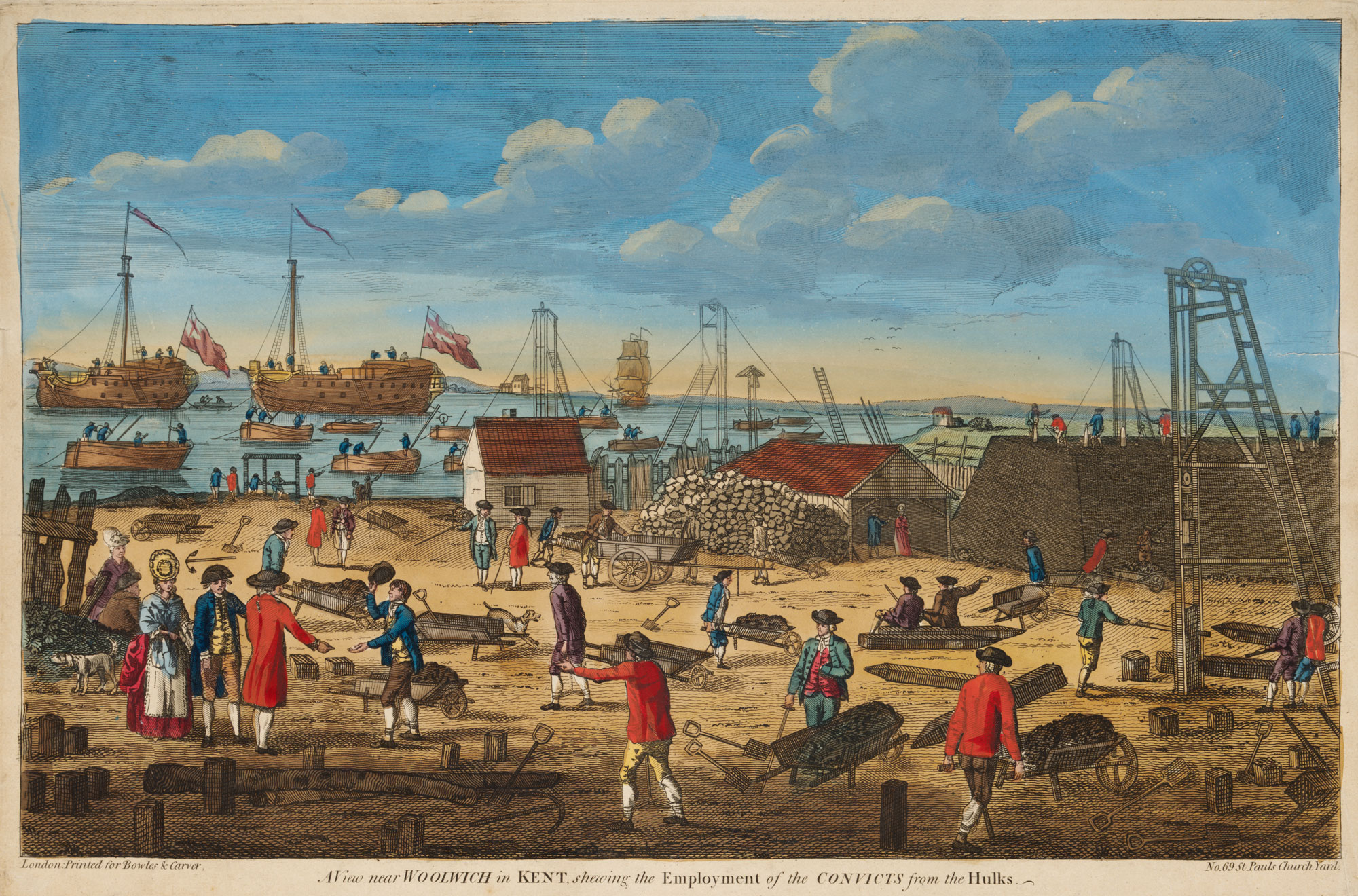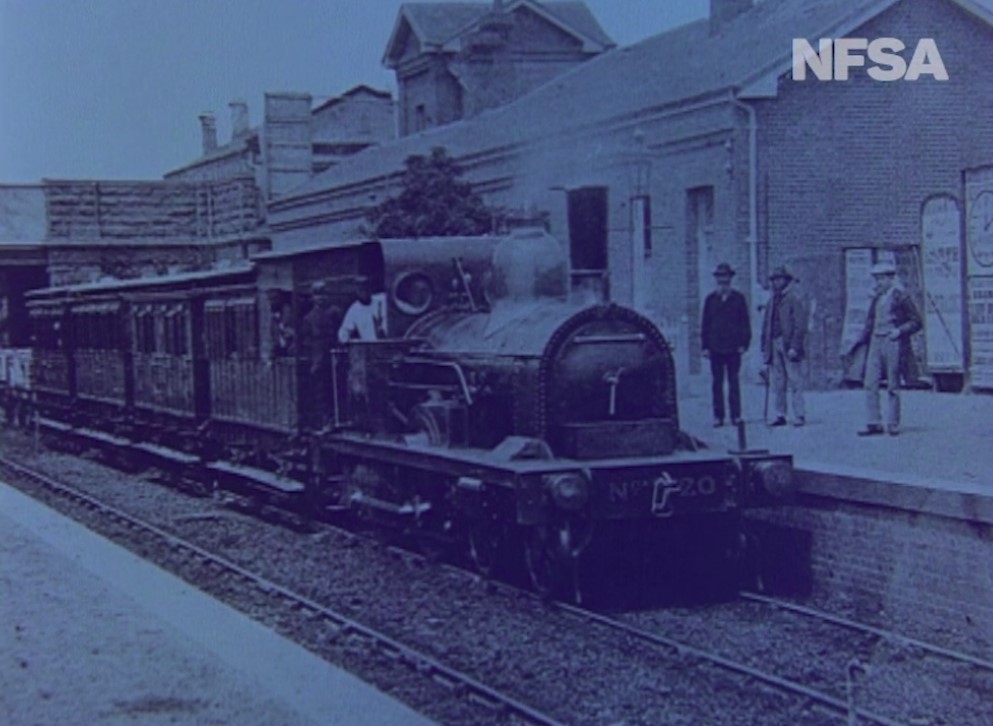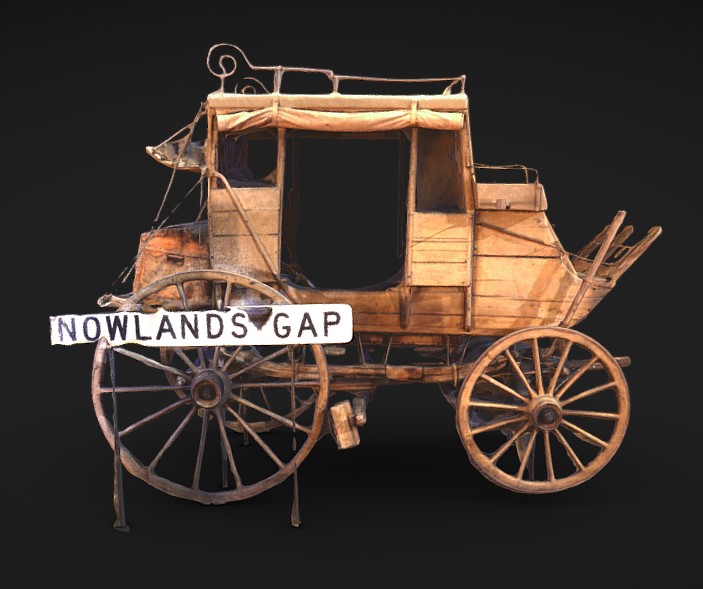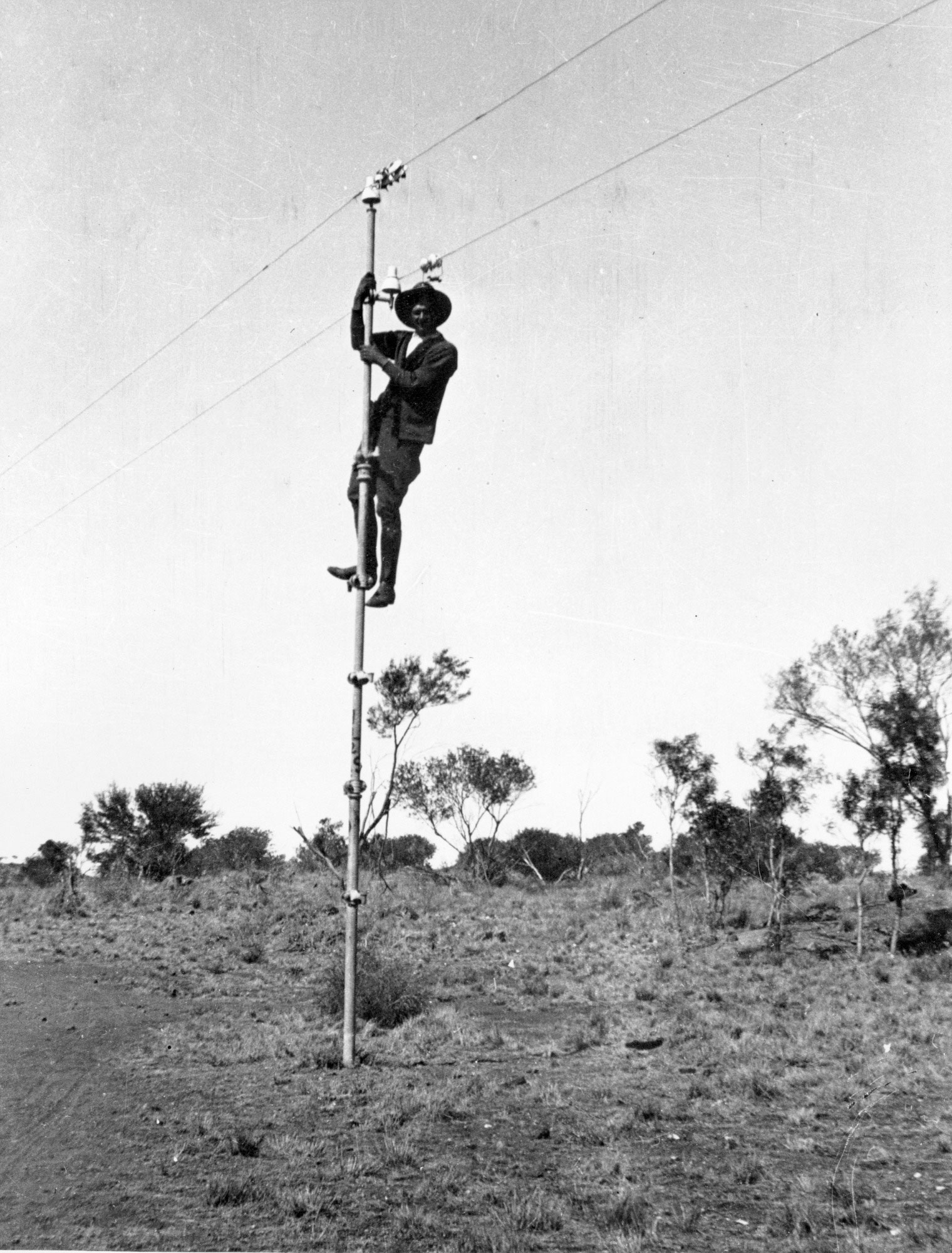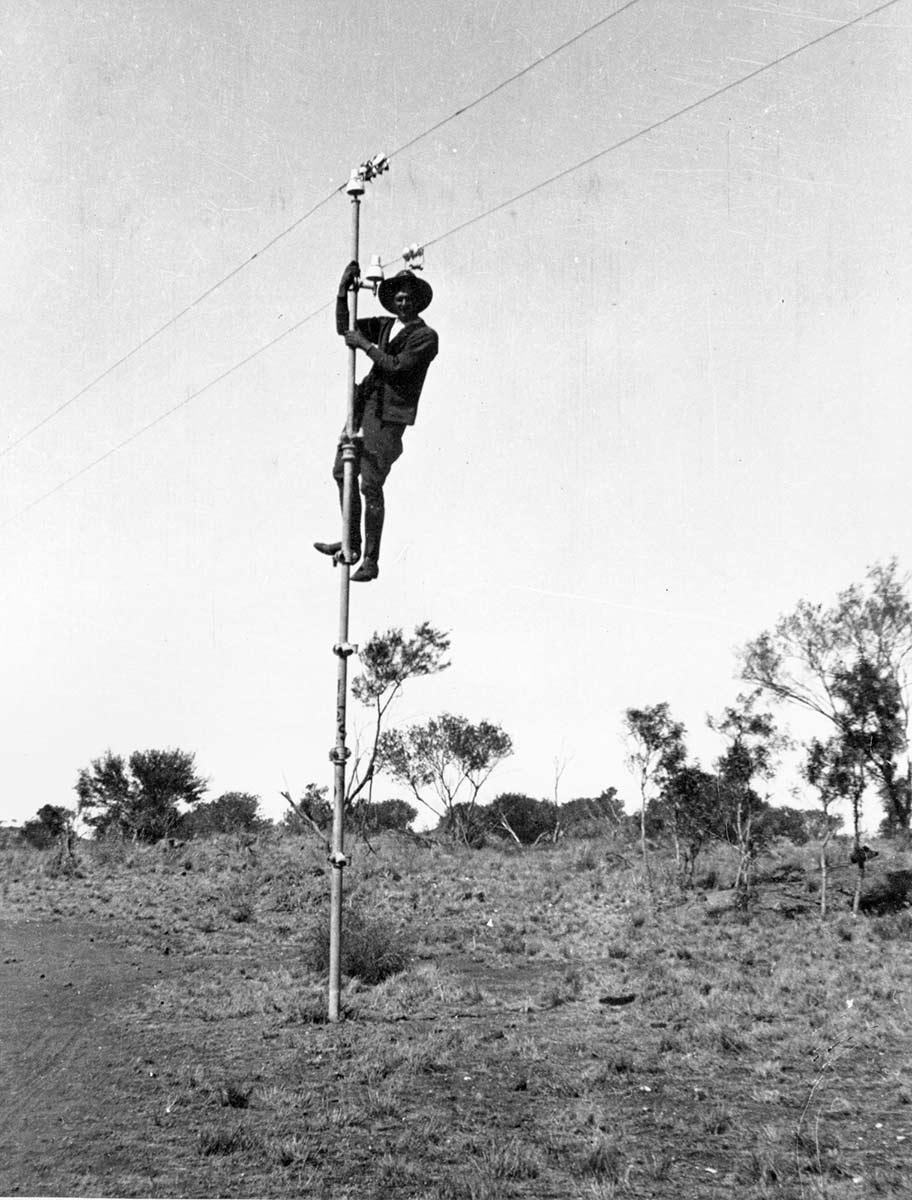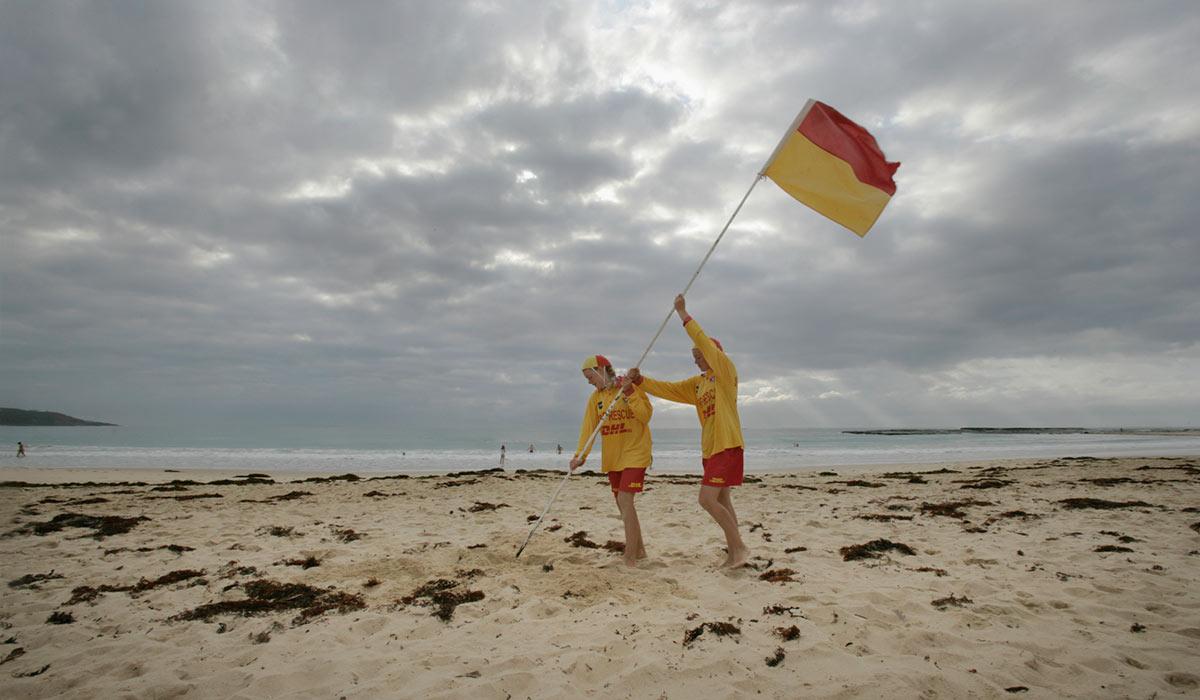A travel transformation
1854: Australia’s first steam railway line opens in Melbourne
A travel transformation
1854: Australia’s first steam railway line opens in Melbourne
In a snapshot
On 12 September 1854 the Melbourne and Hobson’s Bay Railway Company opened Australia’s first steam railway line in Melbourne. The 4km track went from Flinders Street Station to Sandridge, which is now known as Port Melbourne. A new steam engine was made especially for the track and was the first to be built in the southern hemisphere. After the first rail line was built other rail networks quickly spread across Australia.
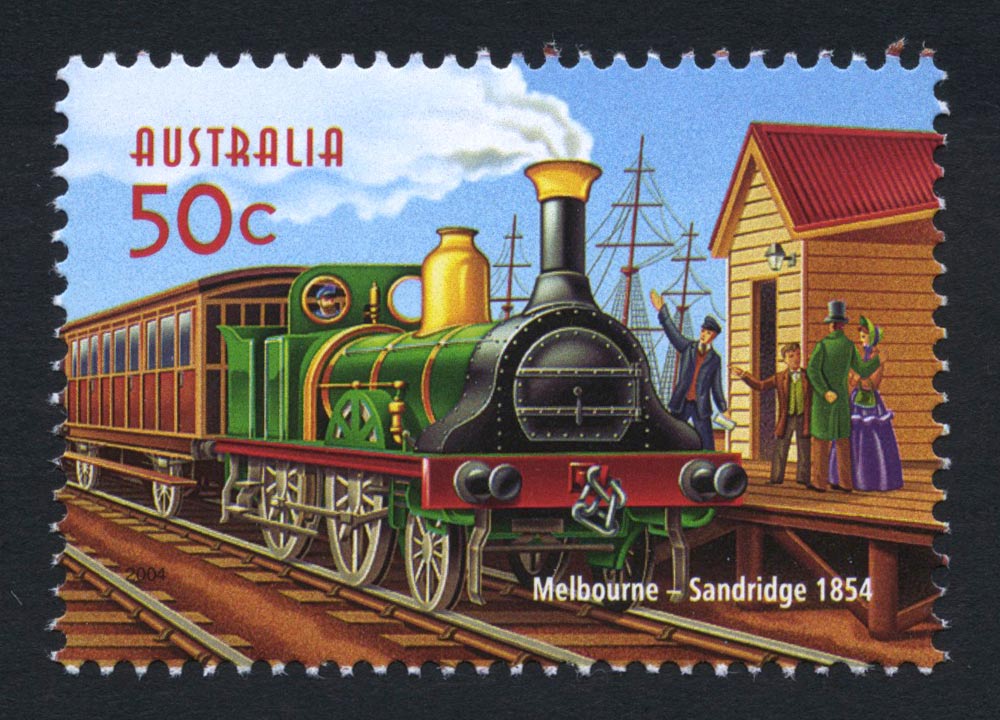
 Can you find out?
Can you find out?
1. In which major Australian city was Australia’s first rail line built?
2. Where did the first trains come from?
3. What were the benefits of rail from the 1850s onwards?
How did Australia get its first steam rail line?
In 1851 Melbourne’s Mayor held a public meeting to plan Australia’s first steam rail line. The line would be built and operated by the Melbourne and Hobson’s Bay Railway Company and people could pay £50 to be an investor at the start of the project. The building of the line began in the same year and work moved ahead quickly on both the stations and the track.
Before the rail line was built people had to travel on foot or in a horse and cart. The rail line would help move people and goods between the port and the city more quickly. The track ran from Flinders Street Station to its last stop at Sandridge pier, crossing the Yarra River over the Sandridge Bridge. The journey originally took about 10 minutes and two trains ran every half hour.
Research task
Do some research to find out when Western Australia was connected with the eastern states by a railway line.
Where did the trains come from?
An English factory was making the steam engines needed for the trains. But work on the line moved ahead so quickly that the trains weren’t ready in time for the opening. A local company was asked to build the first steam engine, which would become the first to be made in the southern hemisphere. The locomotive was built in just 10 weeks. The four English engines originally ordered (named Melbourne, Sandridge, Yarra and Victoria) were all being used by 1855.
Research task
Find out when the first steam railway lines were built in each Australian state and territory.
What was it like to be at the opening celebrations?
The opening of Australia’s first rail line was celebrated as a big event with hundreds of people attending. Crowds of people began arriving at Flinders Street Station hours before the first train was due to leave at midday. About 300 people were invited to ride on the train and attend the party held in the engine shed in Sandridge. The banquet was reported as ‘a very handsome one’ and many well-known people were there including the Mayor and the Lieutenant-Governor of Victoria, Sir Charles Hotham.
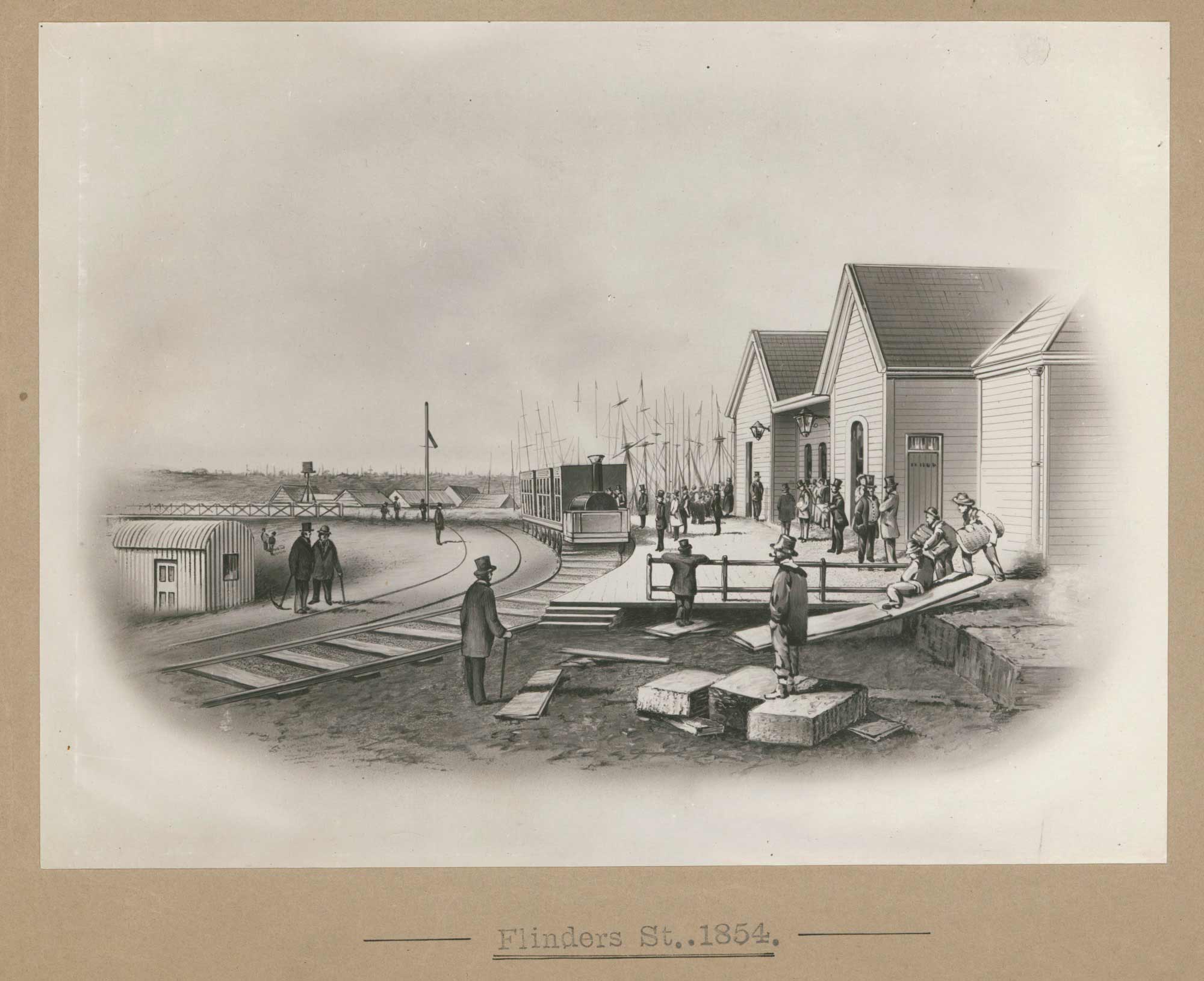
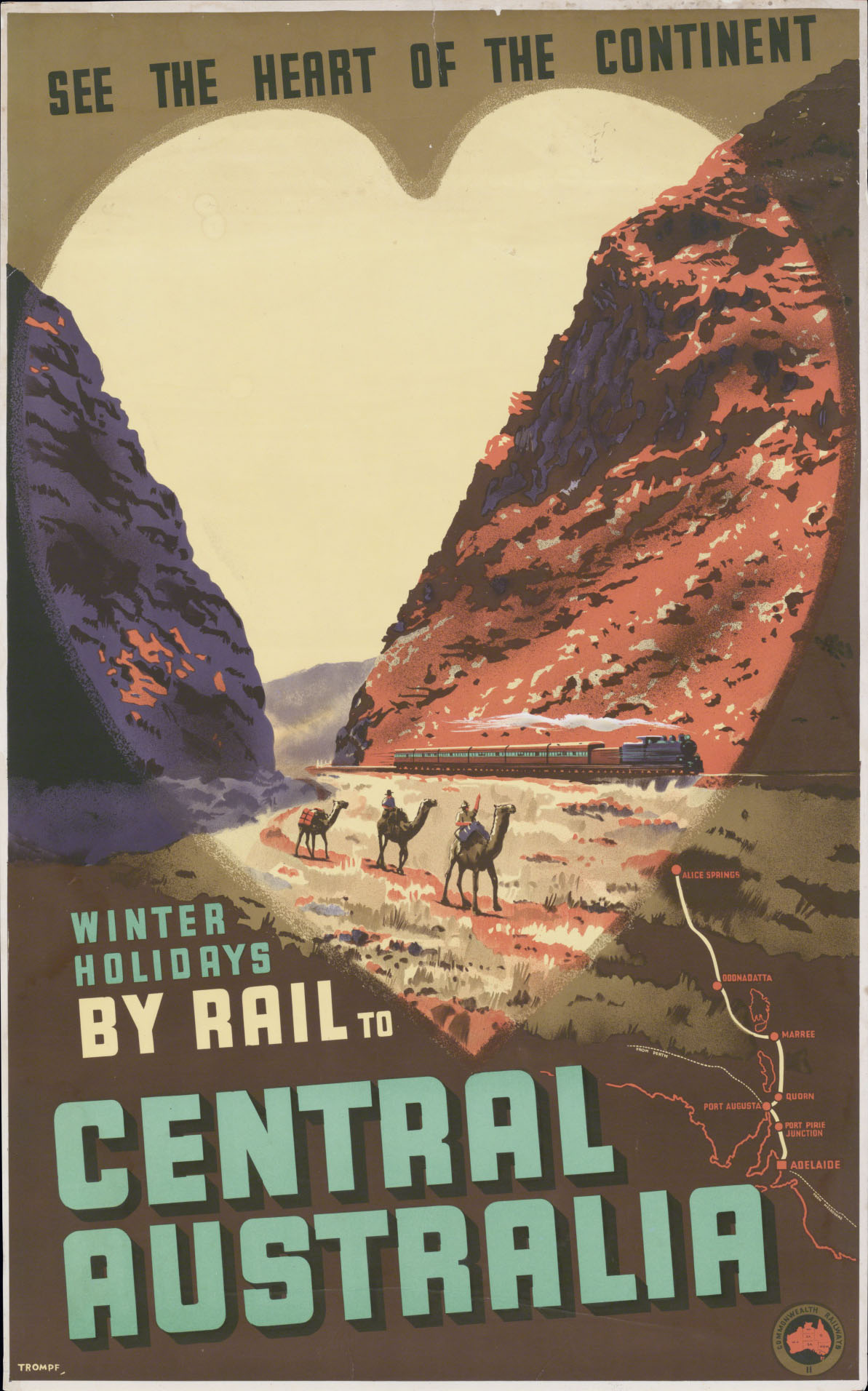
How has the Flinders Street to Port Melbourne line changed since 1854?
In the years after the Flinders Street to Sandridge line opened many other rail companies started to build lines in Melbourne and beyond, running services around the city and into the booming goldfields. Eventually the Victorian Government took over most rail lines and companies. They used the lines to create Victorian Railways, which now runs a large network of train lines across the state.
The line from Flinders Street Station to Sandridge was used until the late 1900s when it became part of the Melbourne tram network.
‘Yesterday was memorable in the annals of Victoria and of Australia, for the opening of the first Australian railway … The first train on the new railway started at twenty minutes past twelve, amid the music of the band and the cheering and waving of hats of the innumerable spectators.’
The Argus, 13 September 1854
What did the train line mean for Melbourne, Victoria and Australia?
After the first rail line was built other rail networks began to spring up across Australia. Sydney opened the first line in New South Wales just one year after Melbourne. Eventually this meant that people and goods could easily move across the nation, and new communities and towns grew along main railways. The new railways created new jobs and economic growth in city centres and in newly settled towns.
Read a longer version of this Defining Moment on the National Museum of Australia’s website.
 What did you learn?
What did you learn?
1. In which major Australian city was Australia’s first rail line built?
2. Where did the first trains come from?
3. What were the benefits of rail from the 1850s onwards?






